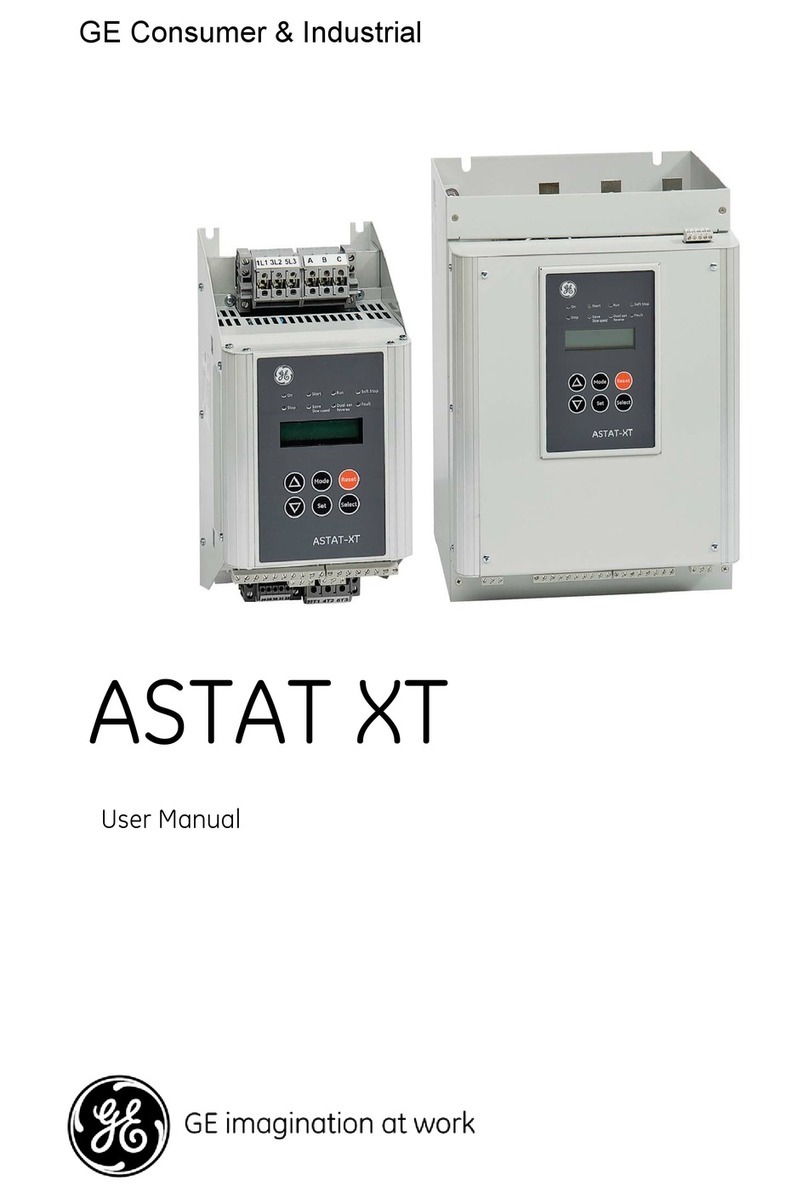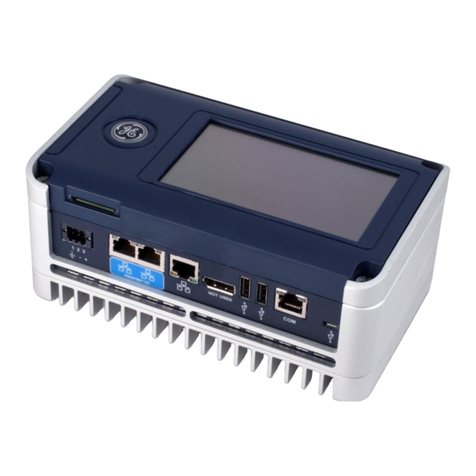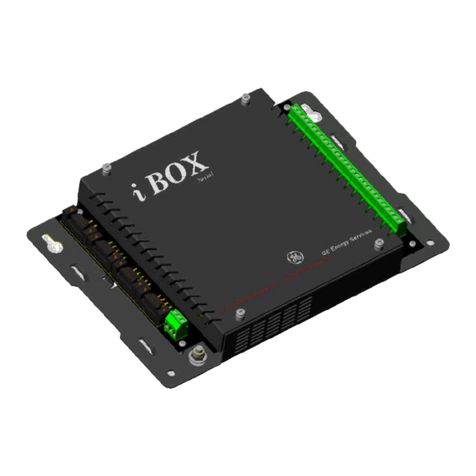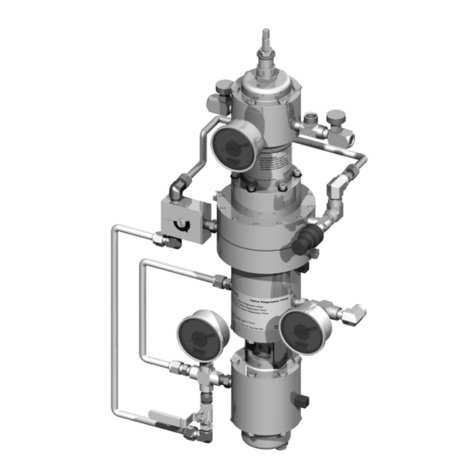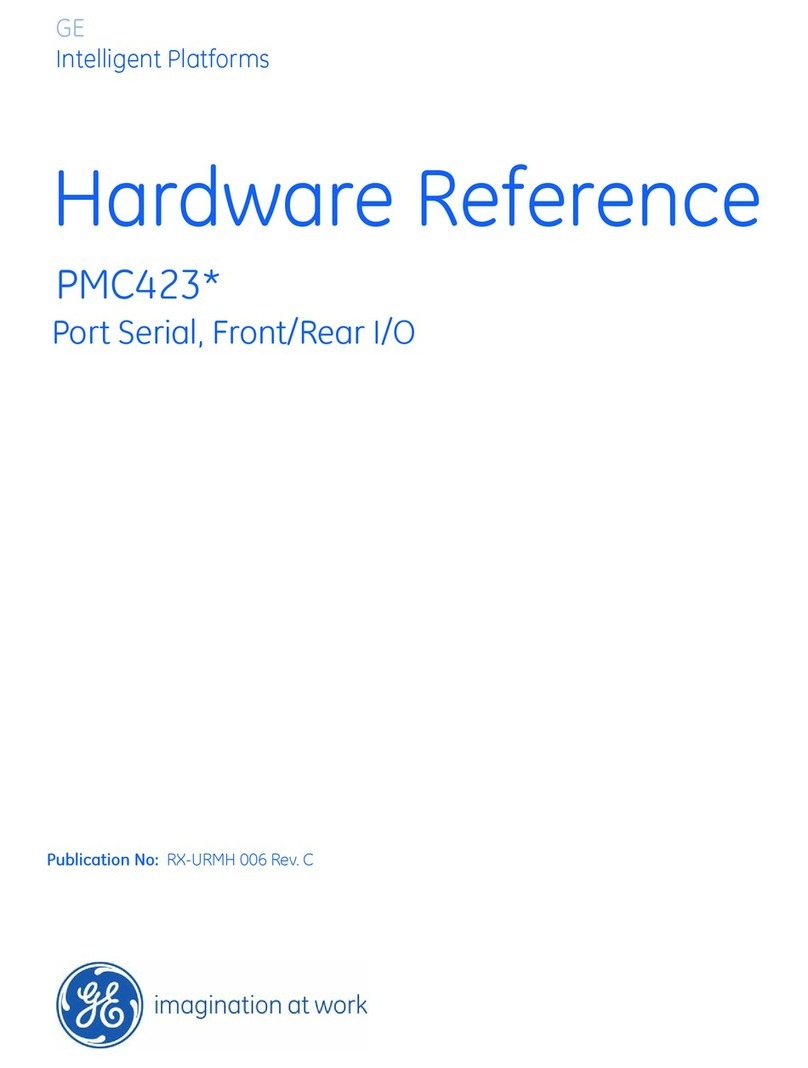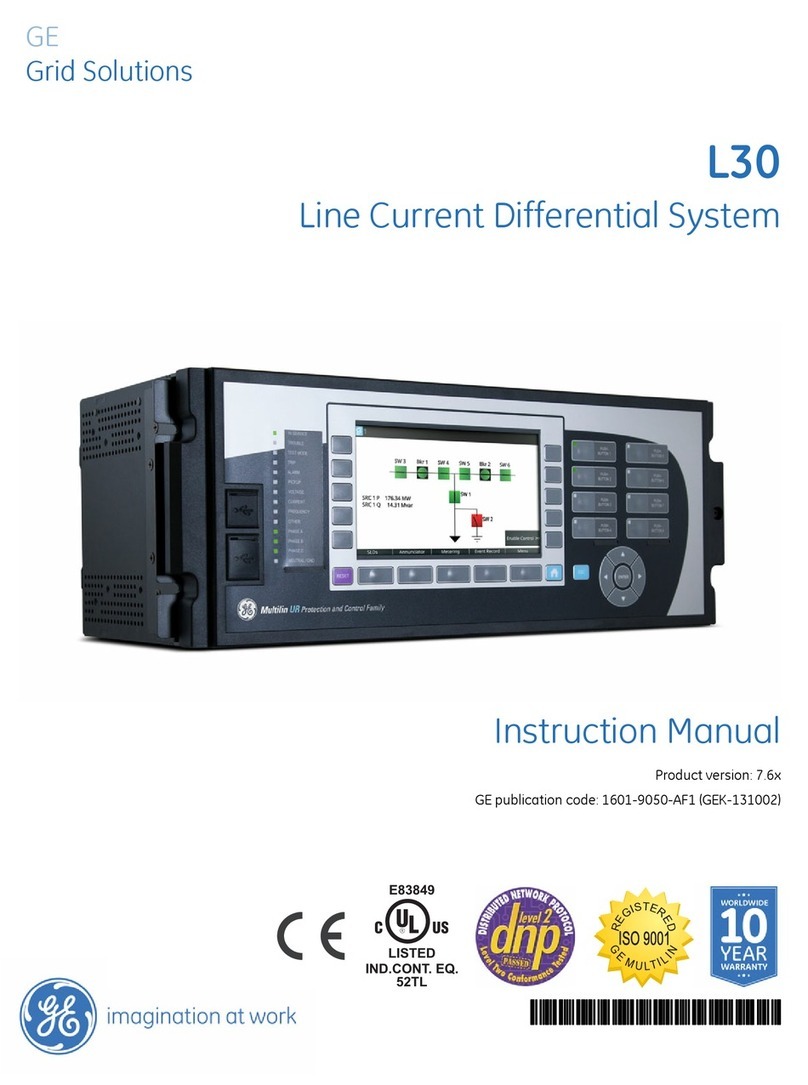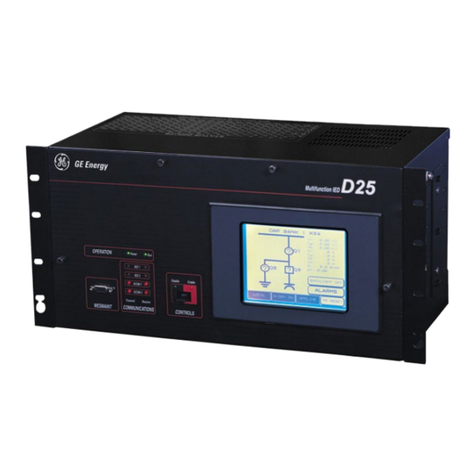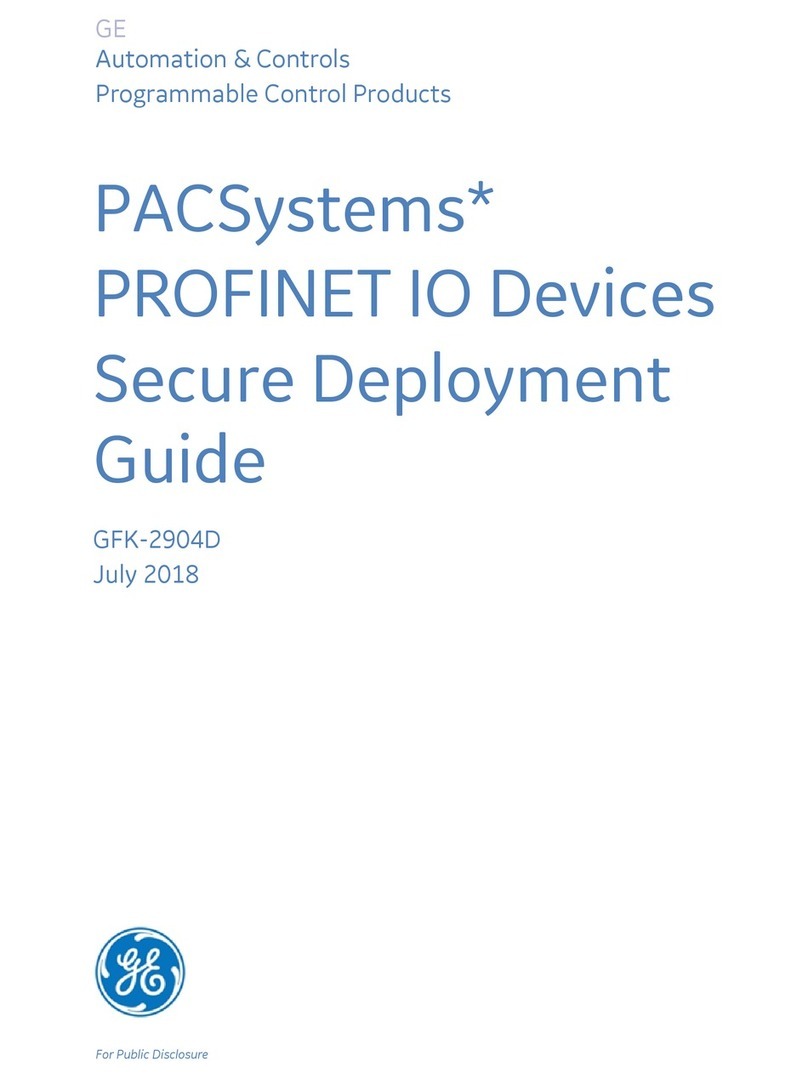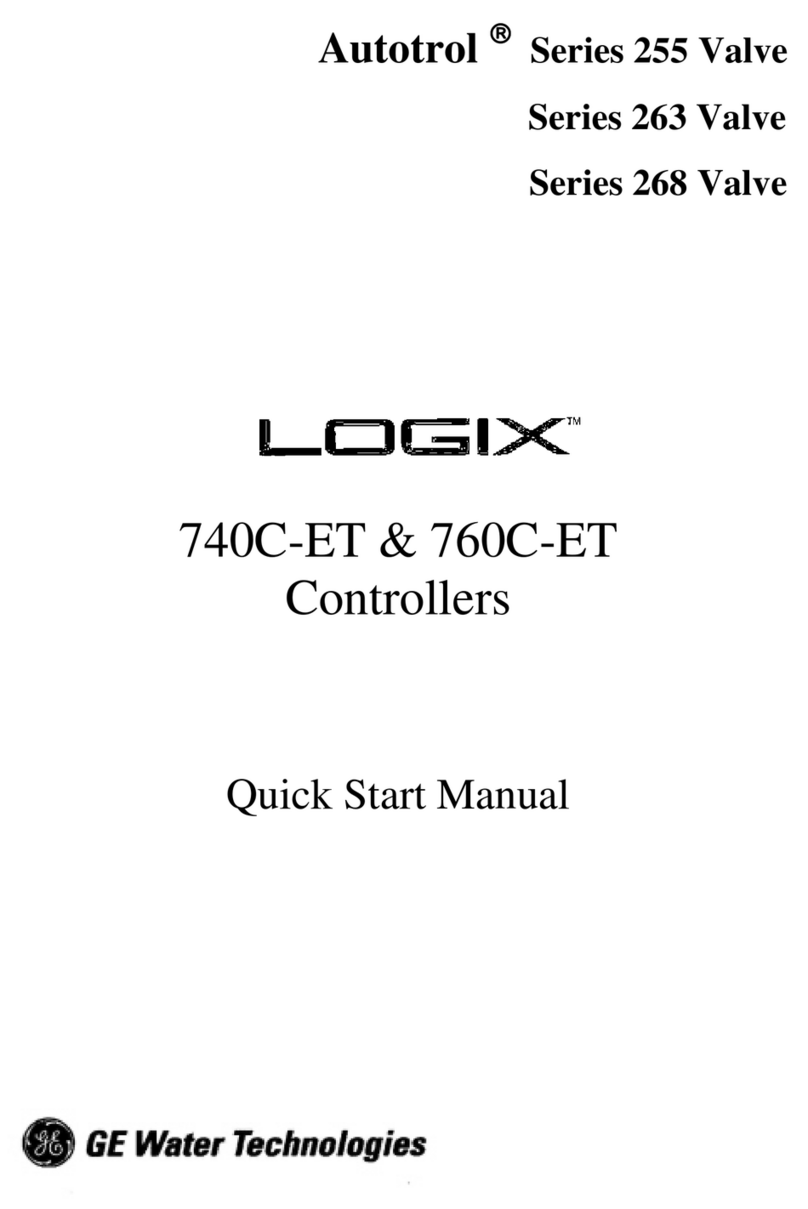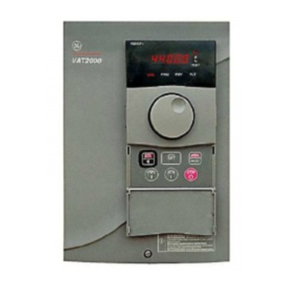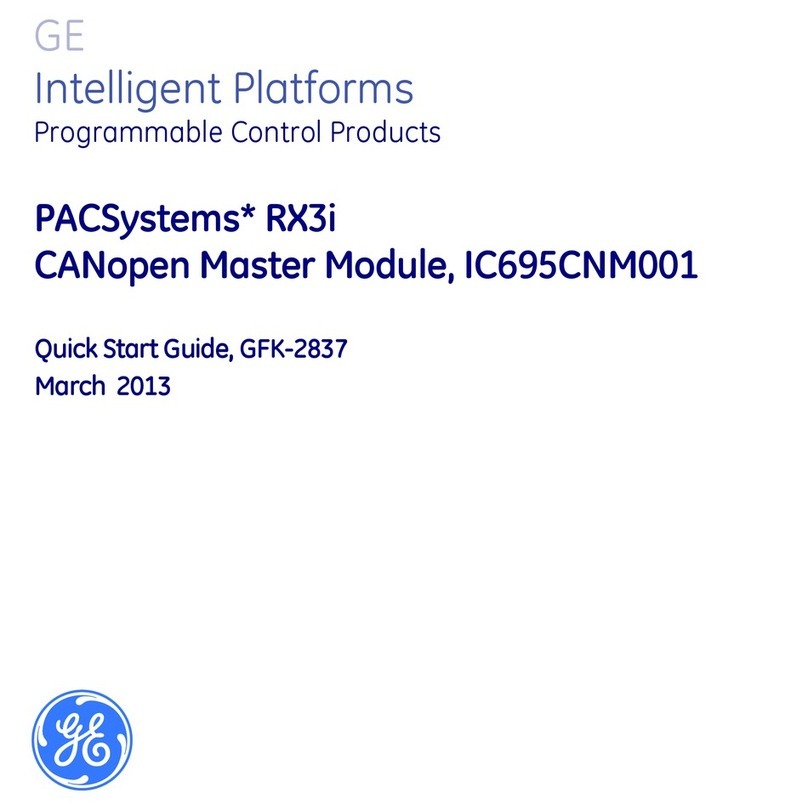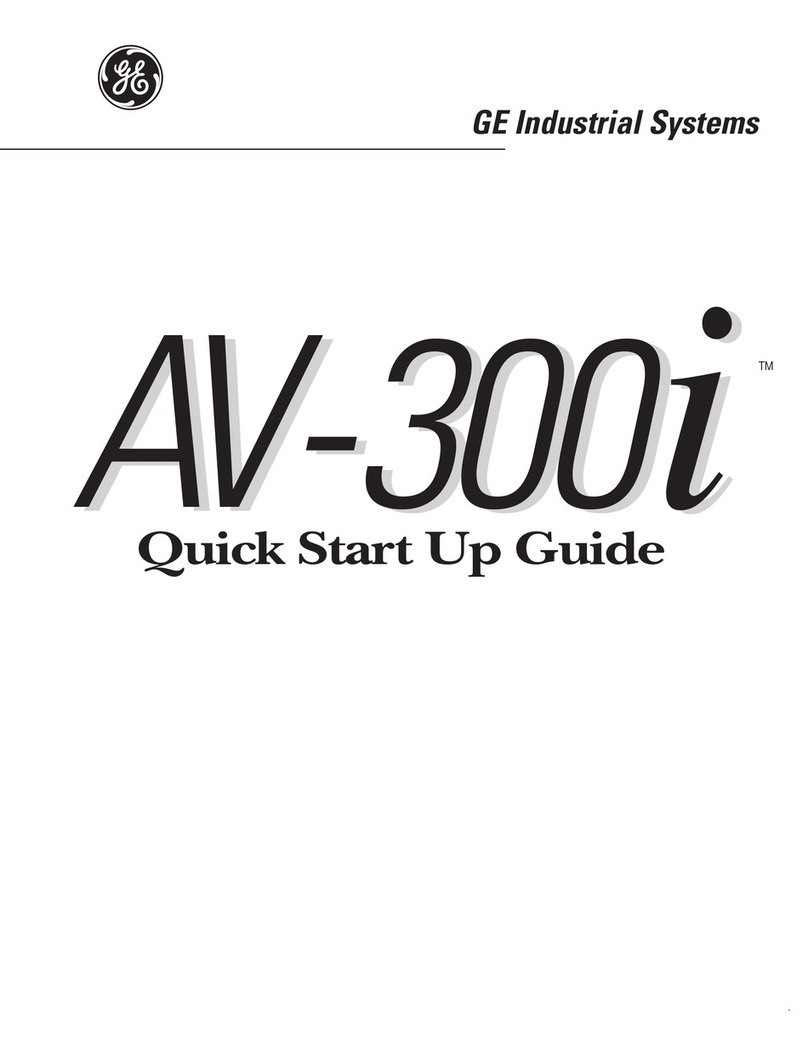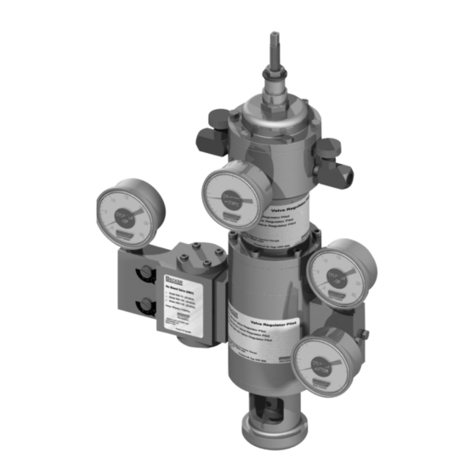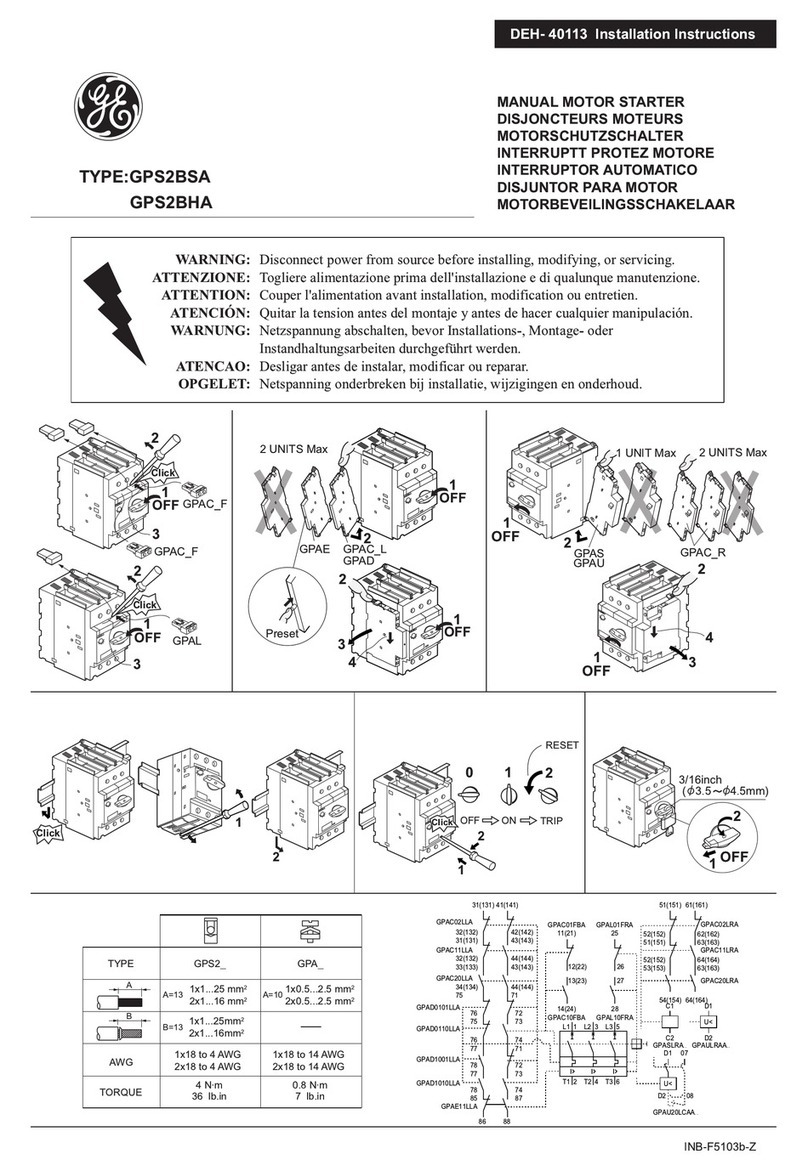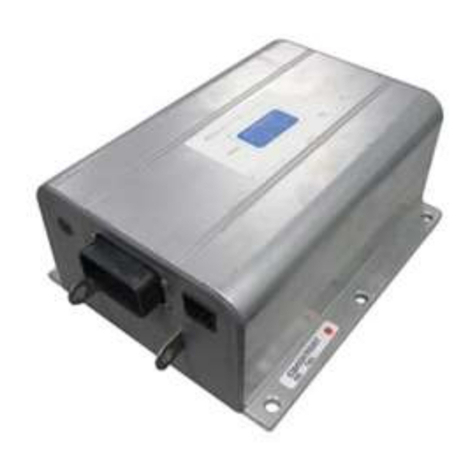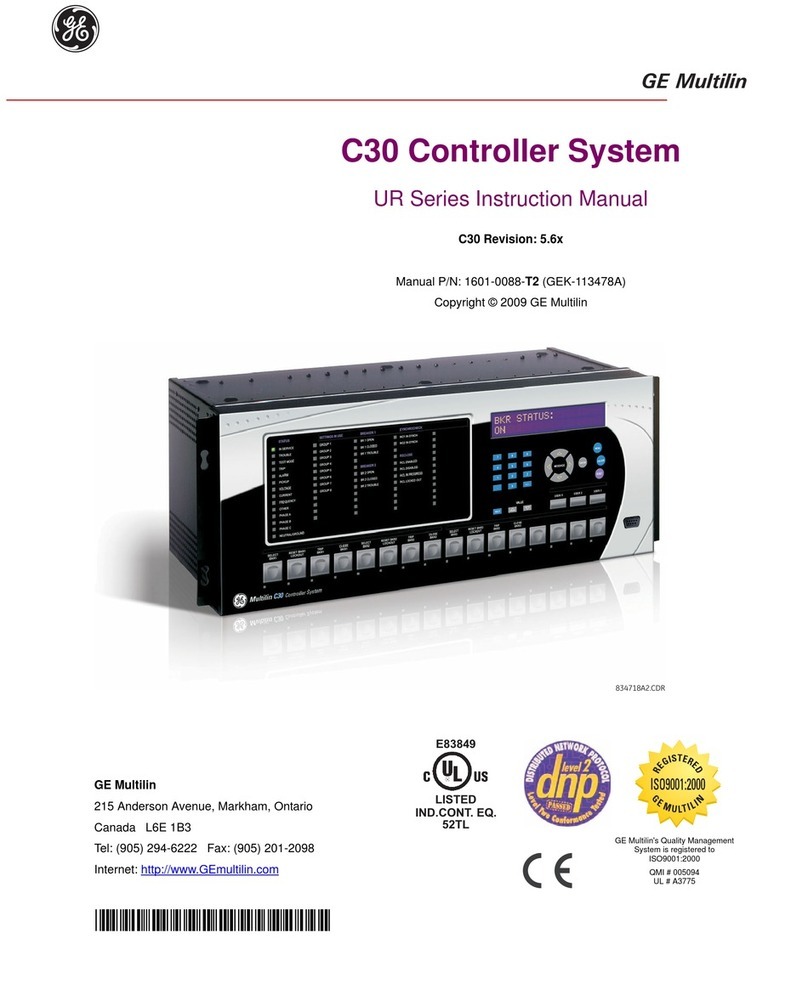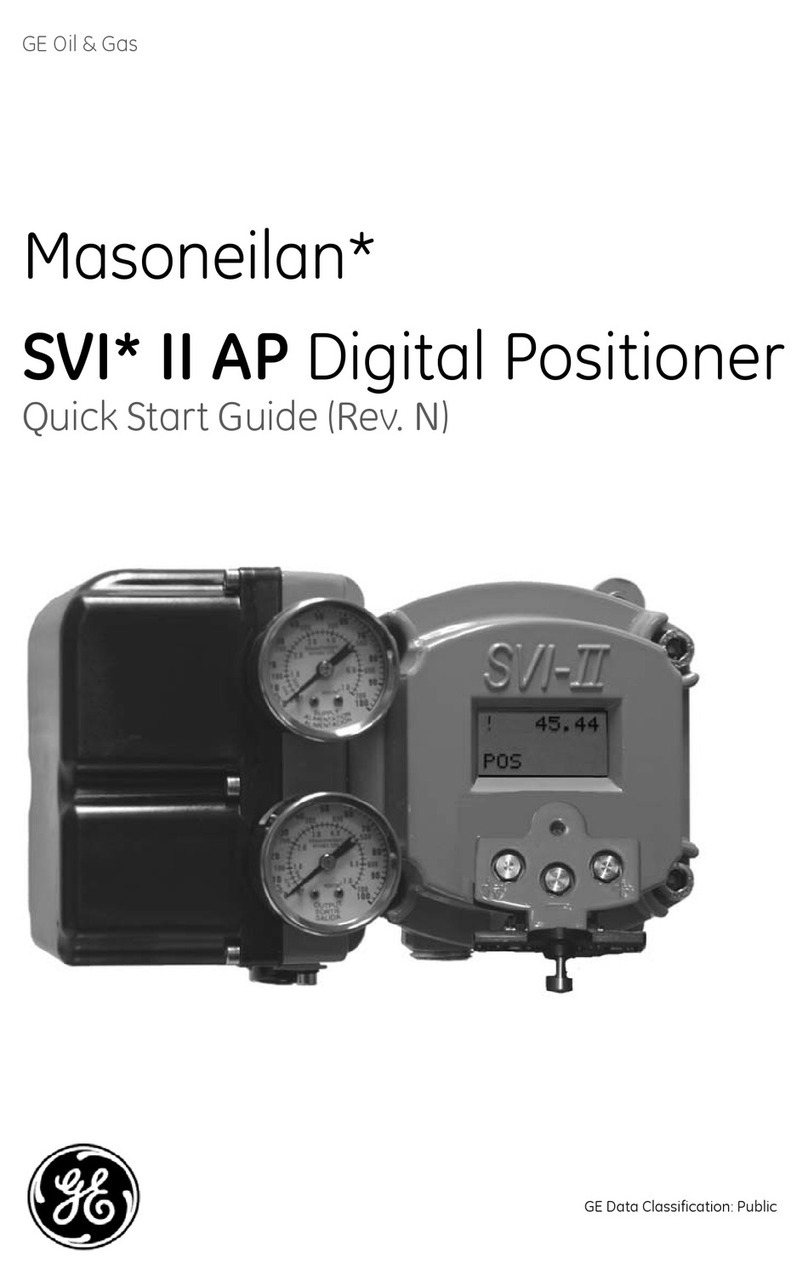Voltage Ratings 3ph ACSystems Up to 440V, +10%, -15% for QC1xDP ASTAT Plus series
Up to 500V, +10%, -15% for QC2xDP ASTAT Plus series
Freq. Range 50/60 Hz Control range of 45-65 Hz
Control Control system Digital system with microcontroller
Specifications Starting ramp with progressive increase in voltage and current limitation
Initial voltage (pedestal) % 30 - 95 Un
Starting torque % 10 - 90 Mdirect start
Kick start % 95 Un (90% Mdirect start), adjustable 0 to 999 ms
Motor current (Im) 0,4 to 1,2 Ir (rated ASTAT current)
Current limitation 1 to 7 In
Acceleration ramp time s 1 to 99 (types: standard or linear ramp up)
Energysavings Output voltage reduction according to power factor
Override Fixed output voltage permanently equal to supply voltage
Bypass Direct control of a bypass contactor
Brake time by ramp s 1 to 120 (1 to 99 in secondary ramp) adjustable independently of starting ramp time (types: standard,
pump control or linear ramp down)
DC braking 0 to 99 s. ; 0,5 to 2,5In
Slow speed Direct torque: 7% or 14% of nominal speed; reverse torque: 20% of nominal speed
Retry 0 to 4 attemps, and 1 to 99 sec. retry time
Monitoring Motor current, line voltage, power, power factor and elapsed time
Running External control Start - Stop
Acceleration phase Adjustable time
Permanent phase Energy savings / Override choice
Stop phase Power cut-off / Ramp / DC braking/Pump control
Inputs / Outputs Inputs 4 digital optocoupled. Two fixed (Start , Stop) , and 2 programmable (I3, I4)
1 Analog 0-5VDC for Tachogenerator input feedback
Outputs 3 programmable relays, (1r, 2r, 3r)
1 Analog 0-10VDC output for current metering
Protections Current limit Adjustable from 1 In to 7 In
Overload IEC class 10 and 20 ; NEMA class 10,20 and 30 all selectable
Cool-down time after
overload trip s 300 for reset
Loss on input phase s Trip at 3
Thyristor short circuit ms Trip at 200
Heatsink overheating ms Trip at 200
Motor thermistor ms Trip at 200 if thermistor impedance > response value
Loss on output phase s Trip at 3
Stalled rotor ms Trip at 200
Supply frequency error Hz If f < 45 or f > 65, will not start
Overcurrent 100 to 150% In; trip time adjustable from 0 to 99 sec.
Undercurrent 0 to 99% In; trip time adjustable from 0 to 99 sec.
Overvoltage 100 to 130% Un; trip time adjustable from 0 to 99 sec.
Undervoltage 0 to 50% Un; trip time adjustable from 0 to 99 sec.
Error (CPU) ms 60
Memory 4 former errors
Long start time s 2 x ta (ta = acceleration ramp time)
Long slow speed time s 120
Environmental Temperature ºC 0 to +55 (derate output current by 1,5% / ºC above 40ºC)
conditions Relative humidity % 95% without condensation
Maximum altitude m 3000 (derate output current by 1% / 100m above 1000m)
Mounting position Vertical
Protection Degree IP00, UL Open
Standards CE, cUL, UL CE Conforming IEC 947-4-2; UL, cUL conforming to UL508
Conducted & Radiated emissions Conforming IEC 947 -4-2, Class A
Electrostatic discharges Conforming to IEC 1000-4-2, level 3
Radioelectric interference Conforming to IEC 1000-4-6, level 3 and to IEC 1000-4-3, level 3
Immunity to fast trasients Conforming to IEC 1000-4-4, level 3
Immunity to Surge Voltage Conforming to IEC 1000-4-5, level 3
3-1. ASTAT Plus, General specifications
3. Technical specifications
3-1
